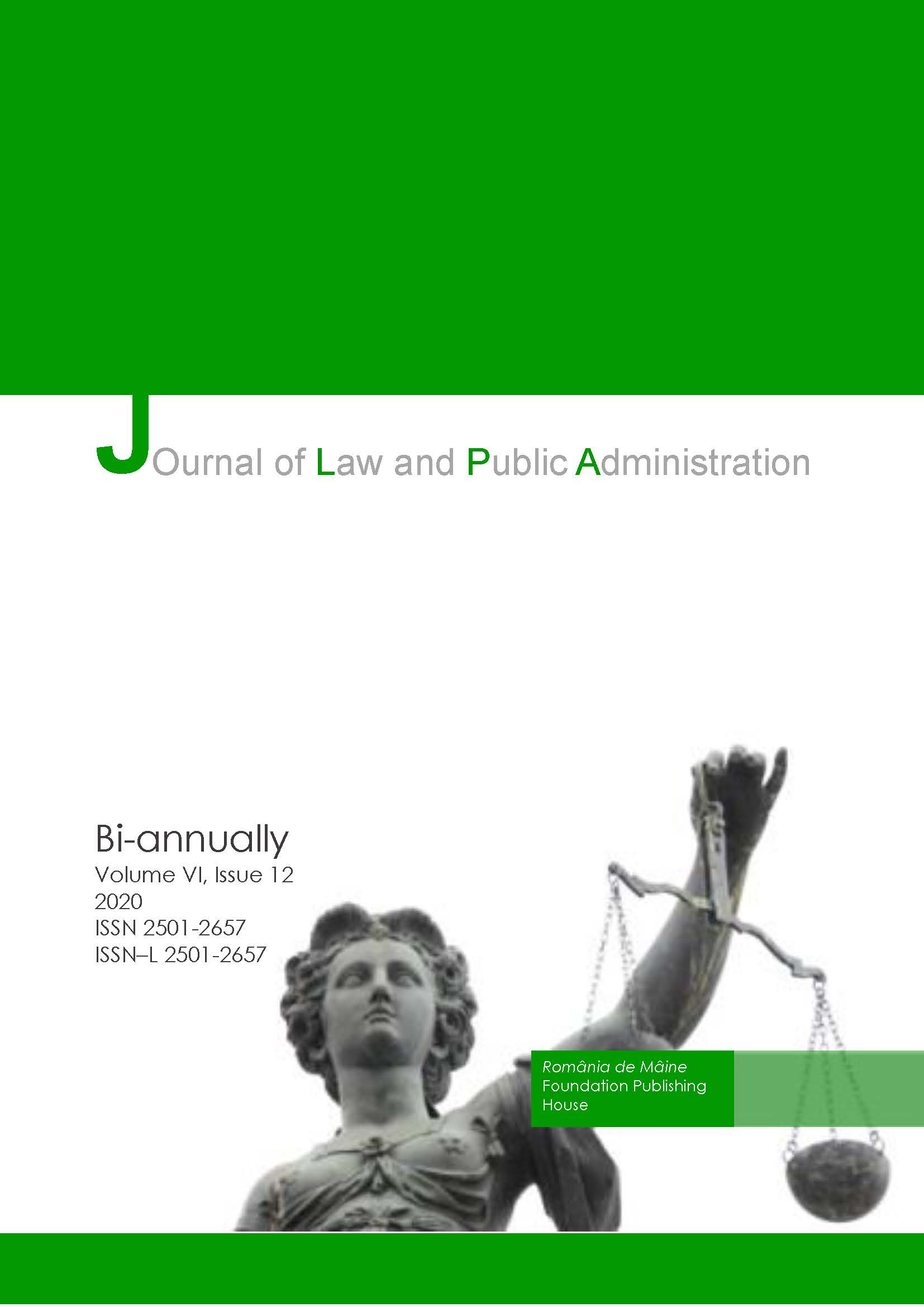Community Risk Mapping for Water Safety and Drowning Prevention: A PRA Technique to Identify Possible Interventions in Bangladesh
Community Risk Mapping for Water Safety and Drowning Prevention: A PRA Technique to Identify Possible Interventions in Bangladesh
Author(s): Ashim Kumar Saha, Aminur RahmanSubject(s): Law, Constitution, Jurisprudence, Administrative Law
Published by: Editura Fundaţiei România de Mâine
Keywords: risk mapping; drowning; legends; communities; indicators; vulnerable; proximity;
Summary/Abstract: Community Risk Mapping is a systematic process of assessment that involves community people, vulnerable groups and key stakeholders for comprehensive understanding and examination of the local contexts, perspectives of different socio-economic groups, their risks, vulnerability, current coping as well as the needs of people in general and vulnerable groups. Community Risk mapping tool has been used for identification the drowning risk communities. Risk mapping has also classified risk areas into three categories: High, Medium and Low. The objective was to practice engaging different stakeholders to draw community risk map and to collect historical data. Drawing relevant mapping related 25 legends on the map to assess on the present situation on these geographical areas. Collecting the relevant data and information’s from the completed map for preparing the risk mapping score sheet. To consider the geographical information like as population, average proximity score for the estimation of total score in the union level. The chronological order wise unions select primarily as a risk prone area according to main risk mapping score sheet. The risk mapping team has drawn the risk map of all 26 unions of three selected Upzillas of Barguna and Pauakhali district. After that, all the unions have split up based on ward boundary. Then team has finally drawn community risk map by discussing with community people and transect walk with in the community. Out of these legends, seven indicators have developed risk weight according to the risk severity. The weighted indicators were river/canal, lake/dam and pond, drowning point, ferry ghat, sluice gate and physical infrastructure-cyclone center, fire brigade center, health post, schools. Proximity of the population to the drowning points and geographical location/communication also consider during ranking of the communities. Finally, Research team member has selected the risk prone areas according to the risk mapping findings.
Journal: Journal of Law and Public Administration
- Issue Year: 6/2020
- Issue No: 12
- Page Range: 139-149
- Page Count: 12
- Language: English

